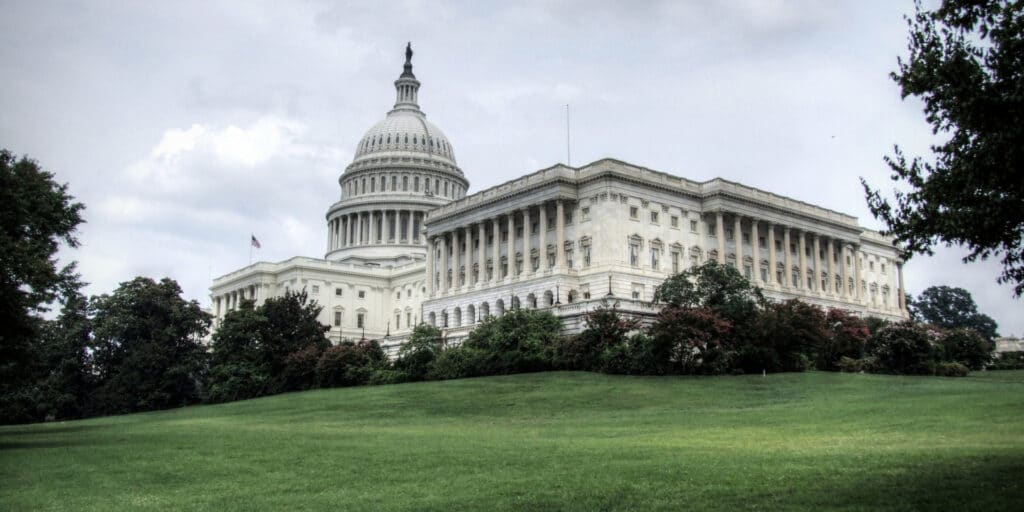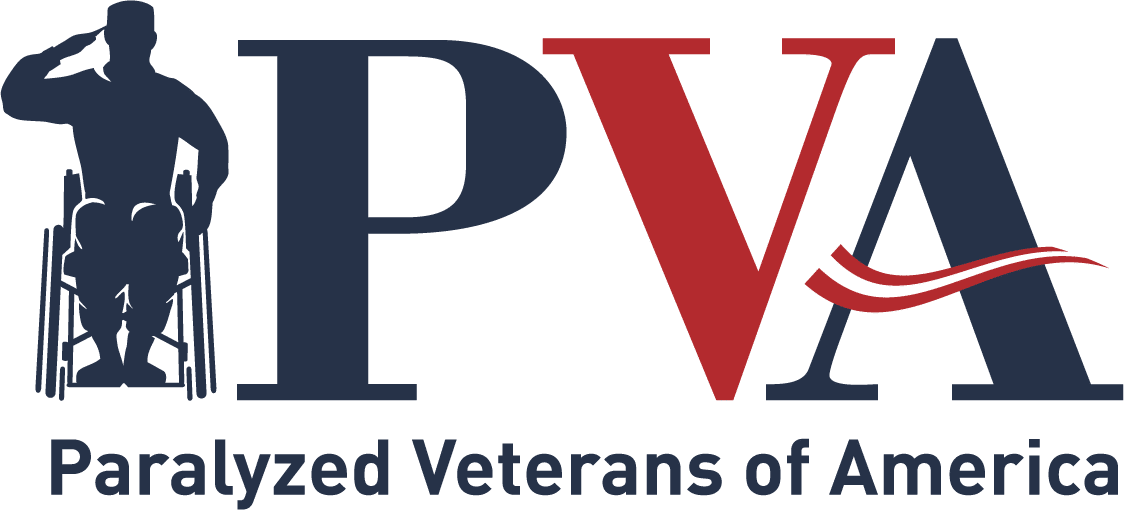Seven More Things Our Congress Can Do To Help Veterans
Posted By PVA Admin on February 1, 2017
In response to Speaker John Boehner’s ‘Seven Things We’ve Done to Help Veterans‘ from August 2015
Congress seems content to pat itself on the back every time it basically does its job. Worst yet, these self-congratulatory proclamations never acknowledge that many of the problems our legislators manage to solve were largely of their own making.
Let’s not forget who approves the VA budget and has ALWAYS had a responsibility to ensure oversight. Or that the relatively recent government shutdown and our country’s falling off the ‘fiscal cliff’ happened while we still had troops getting maimed and killed in the Middle East. Rather than point fingers or nitpick about the accuracy of Speaker Boehner’s recently posted seven-point résumé of success, however, I’ll offer seven more ways our Congress can help veterans more meaningfully.
- Ensure the Department of Veterans Affairs (VA) is well resourced, particularly staffed inpatient beds for specialized services and long-term care for aging veterans, and veterans with special needs who choose VA as their provider. Veterans with spinal cord injuries and diseases have no private sector alternatives and solely rely on VA for lifelong care.
- Provide the full range of fertility services, including in-vitro fertilization (IVF), for veterans with disabling conditions due to service that preclude natural procreation. The Department of Defense provides them, but VA does not largely due to ideological differences in Congress. Telling a veteran whose life was changed by an IED blast that he cannot get what he needs from VA to start a family is unconscionable.
- Preserve a prosthetics procurement process that allows veterans with catastrophic disabilities an informed choice on which devices (customized wheelchairs, artificial limbs, etc.) best suit their functional limitations and lifestyles. Many veterans are faced with few or zero options due to contract restrictions and administrators who employ a Medicare-style approach to providing these unique devices.
- Pass a VA budget that actually meets the needs of the veterans who have historically suffered due to the VA claims backlog, long wait times for health care, delayed construction projects, staffing shortages, and other budget-related inefficiencies addressed in the Independent Budget released annually by the major veteran service organizations.
- Rebalance the Social Security Trust Fund to ensure payments to the 9.4 million veterans who rely on these benefits continue to 2033. This has always been done in a bipartisan manner and has kept America’s promise to her veterans receiving social security benefits while sustaining the system for decades. Without this reallocation, Social Security disability insurance benefits face a 20 percent cut in 2016. House leadership has created a Hobson’s choice with its adoption of a rule that says – “we will prevent the 20% cut in disability benefits but only if we cut benefits or raise revenues.” Veterans paid the cost upfront and should not have to incur more costs because Congress now sees military service as a devalued stock it had once deemed to be priceless.
- Take chained CPI (shorthand for Consumer Price Index) off the table. This measure would impact permanently disabled veterans who started receiving disability benefits from the VA at age 30 by reducing their benefits cut by more than $1,400 a year at age 45, $2,300 a year at age 55, and $3,200 a year at age 65. Fixing the country’s budget woes by reducing veterans’ retirement and VA benefits, civilian pensions, and military retirement pay is no way to thank these heroes for their service.
- Expand the Comprehensive Family Caregiver Program for veterans of all eras. The veteran community applauded the April 22, 2015, introduction of the “Military and Veteran Caregiver Services Improvement Act of 2015.’ The bill would expand eligibility for the Department of Veterans Affairs (VA) Comprehensive Family Caregiver Program to caregivers of veterans of all eras with service-connected catastrophic disabilities by eliminating the post-9/11 injury requirement and including “serious illnesses and diseases” in the eligibility criteria. The need for caregiver support services does not change for severely disabled veterans based on the date of injury. There is no justification for excluding caregivers for pre-9/11 veterans from the comprehensive caregiver program.
If we can make these seven milestones happen, Speaker Boehner, I’ll be the first to congratulate the Congress on a job well done. And in the future, let’s try not to dig ourselves into a hole so deep that getting half way out seems like something to celebrate.
Sherman Gillums Jr., U.S. Marine, Deputy Executive Director of Paralyzed Veterans of America and paralyzed veteran

